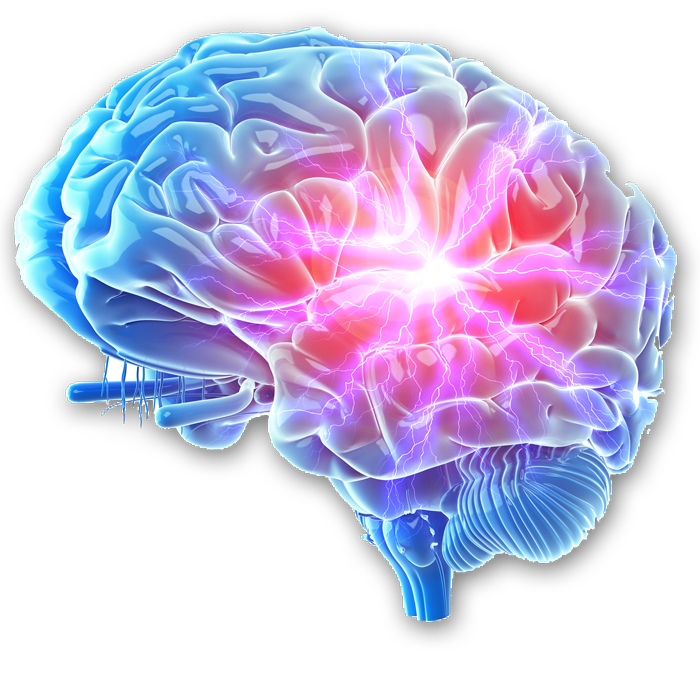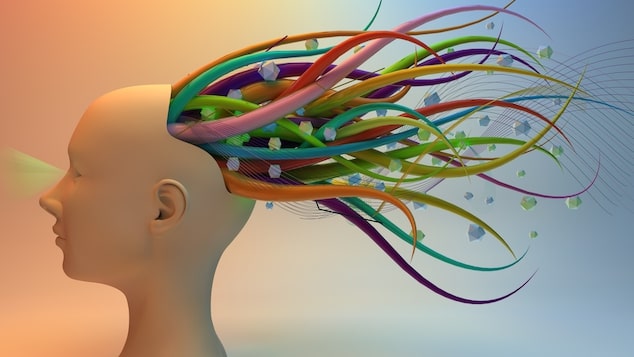



This overwhelming normalcy in the autistic brain is the rule, not the exception. Autistic brains are not broken brains but they did develop differently. For about 95% of the comparisons with the control subjects the differences were negligible. Homogeneity of brain structures: In general autistic brains look quite normal anatomically.

But what does this teach us about autism? Where does the autism end and the individuality of her brain start? What is the trademark of an autistic brain? This question leaves us with some ‘inconvenient’ truths about autism. She explains how the images of her brain anatomy relate to her own behavior, deficits and strengths. We take a look at what these imaging techniques revealed about her brain. The ‘traditional’ fMRI (fucntional magnetic resonance), DTI (Defusion Tensor Imaging) and even a new method that is not available to the public yet called HDFT (High Definition Fiber Tracking) which provides hyper-detailed brain imaging. So what does an autistic brain look like? Because of her status as relatively famous autism advocate Temple Grandin has had access to all types of brain scans. There is not one obvious cause, but multiple causes.Ģ. The genetics of autism, it seems, is increasingly becoming a quagmire. Moreover it’s not very clear what role environment plays in molding the genotype into the phenotype, that is the selection and expression of certain genes into the real-life person. Definitely there is a significant genetic origin but there is no such thing as thé autistic gene. After showing us the latest developments in ‘autistic genetics’ she concludes there problably is no such thing as an autistic gene. How does a brain get to be autistic? What does an autistic brain look like? How does it function?īeing both a scientist and autistic, Temple Grandin does not spare us any details. The book starts out with three fundamental questions about the autistic brain.


 0 kommentar(er)
0 kommentar(er)
